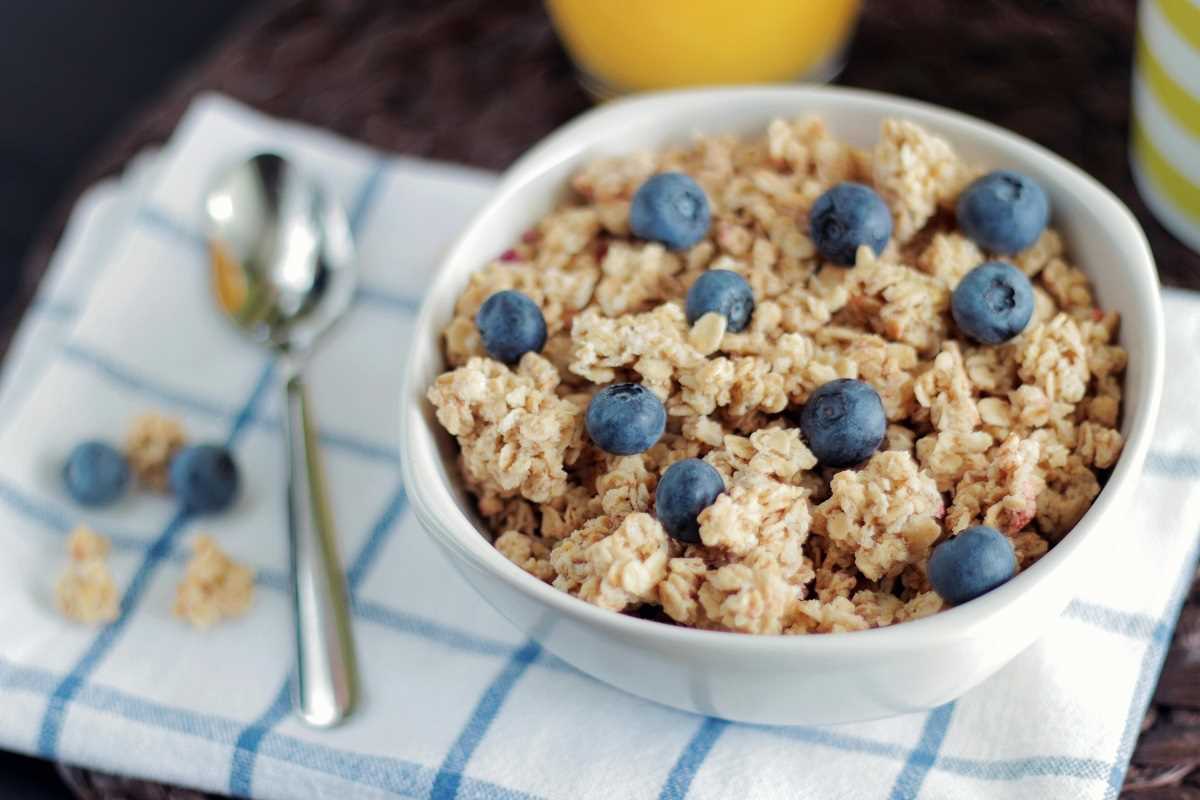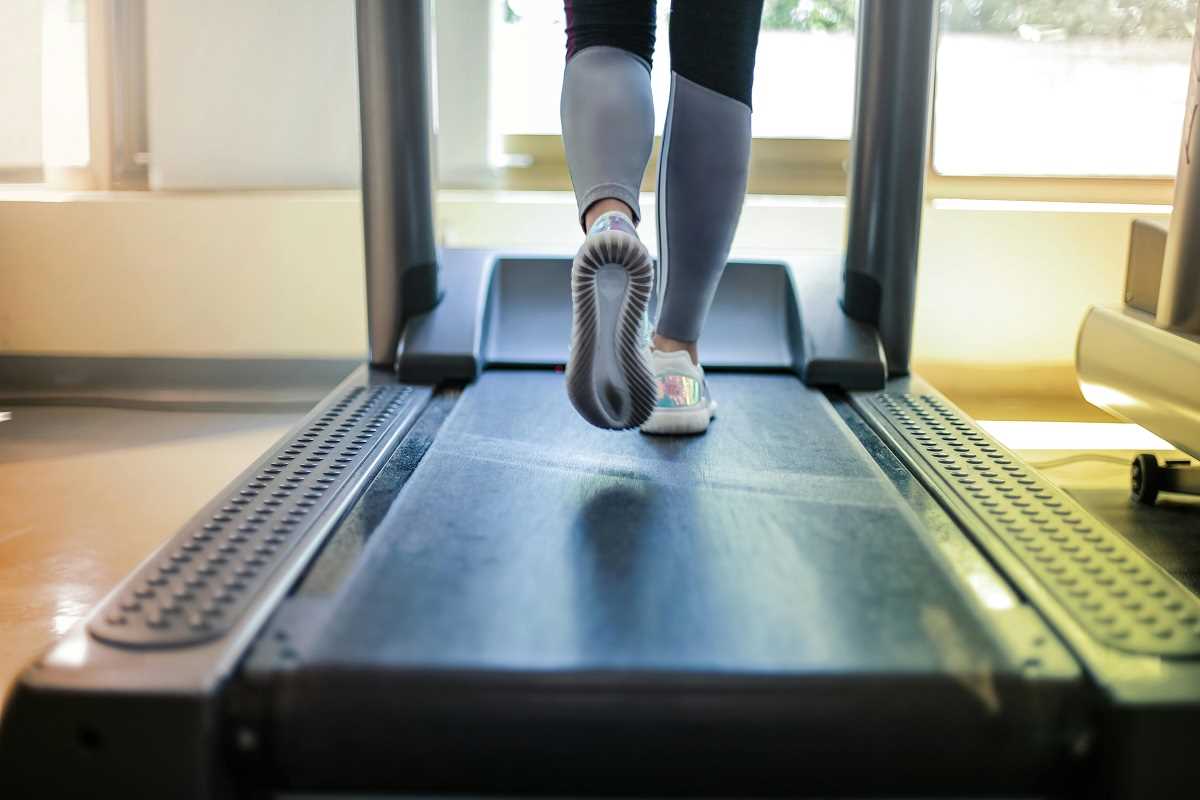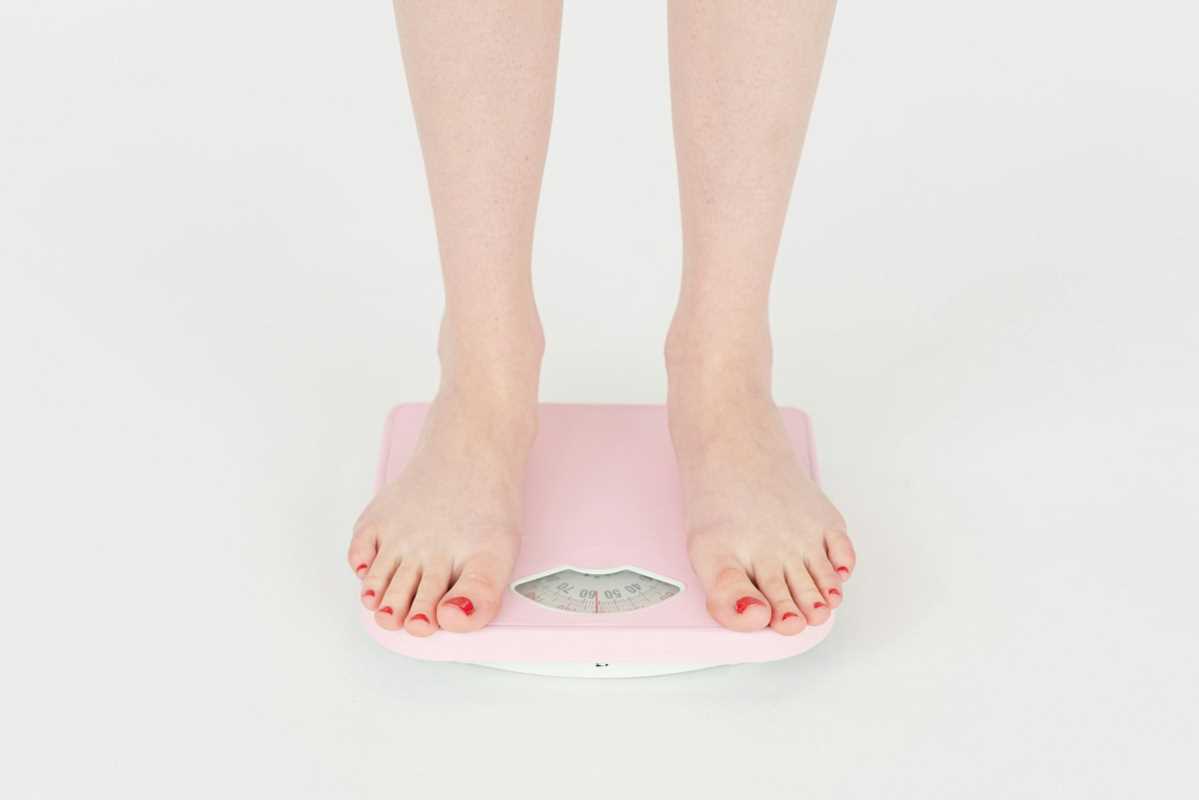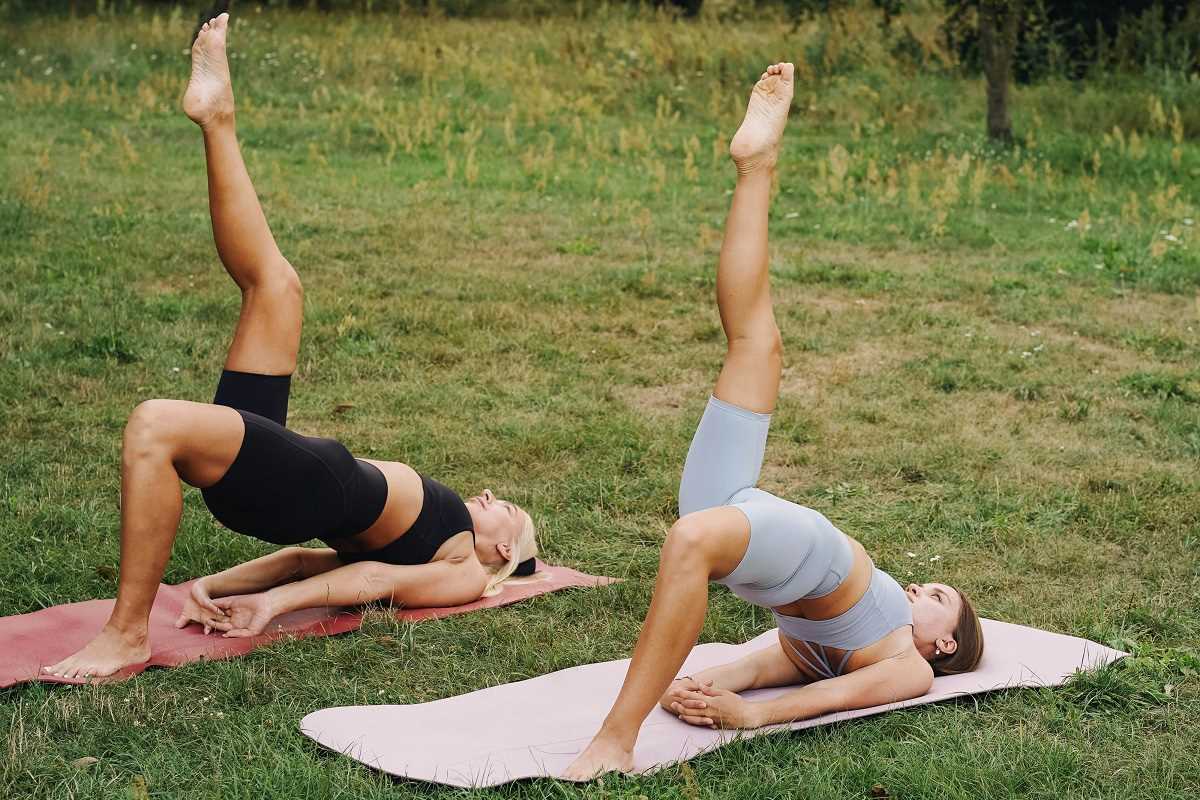Starting a workout routine may seem overwhelming at first, especially without a trainer to guide you. With endless advice on the internet and countless ways to exercise, it’s easy to feel lost. But here’s the good news: you don’t need a fitness professional to create a well-rounded plan that works for your body and your goals. By focusing on variety, relying on tried-and-true techniques, and listening to your needs, you can build an effective plan that balances strength, endurance, flexibility, and recovery.
This guide will walk you through everything you need to know to design your personal workout routine and stick to it. Whether you’re a total beginner or someone looking to refresh their fitness strategies, you'll find actionable tips here to start your journey on the right track.
What Does a Balanced Workout Routine Look Like?
A balanced workout routine is more than just jogging on a treadmill or lifting weights in the gym. It combines different types of exercises that focus on key areas of fitness:
- Cardiovascular Health: These activities get your heart rate up and improve endurance. They’re key for improving lung capacity and overall energy levels while supporting weight management. Examples include jogging, cycling, and swimming.
- Strength Training: This helps build muscle, protect bone density, and boost metabolism. Strength exercises use resistance, like bodyweight moves, dumbbells, or resistance bands.
- Flexibility and Mobility Work: Often overlooked, flexibility and mobility exercises help you move better, reduce stiffness, and prevent injuries. Think stretches and yoga poses.
- Rest and Recovery: Recovery isn’t just about sitting on the couch. Active recovery, such as walking or gentle stretching, supports muscle repair and long-term progress.
The goal of having a balanced workout routine is not to do everything at once, but to ensure you’re giving attention to all these areas over the course of a week.
Why Balance Matters: Imagine focusing only on running for cardio without addressing strength. Eventually, your legs might feel overworked, and a lack of muscle strength can leave you prone to injury. Similarly, neglecting flexibility might limit your range of motion, making other exercises harder.
By combining these aspects, your routine will boost your fitness and keep you feeling your best.
Step 1: Set Clear Goals
Before lacing up your sneakers, take a moment to reflect on what you hope to achieve. Clear goals will determine the type of exercises you choose, how often you work out, and how intensely you train.
Common Fitness Goals:
- Weight Loss: Focus on consistent cardio and full-body strength training to burn calories and build lean muscle.
- Gain Strength: Opt for progressive overload strength sessions where you gradually increase weights or resistance.
- Build Endurance: Incorporate longer sessions of moderate to high-intensity cardio over time.
- Stress Relief or Overall Well-being: Choose a mix of enjoyable activities, like yoga, light walking, or swimming, and emphasize consistency instead of perfection.
How to Define Goals:
Be specific. Instead of saying, “I want to get fit,” say, “I want to perform 10 push-ups unassisted in two months” or “I want to jog for 20 minutes without stopping by the end of next month.” Small, measurable goals will keep you motivated, especially in the beginning.
Beginner Tip:
Don’t aim for extreme changes all at once. Start small and celebrate progress, no matter how slow. Fitness is a marathon, not a sprint!
Step 2: Make a Weekly Schedule
A solid weekly schedule will help you stay consistent. You don’t necessarily need to train every day; in fact, overworking can lead to burnout or injury. The magic happens when you balance activity and rest.
Creating Your Schedule:
- Aim for 3–5 Days of Exercise: Start with manageable chunks and gradually increase if your schedule allows.
- Strength Training Days (2–3 Days): Alternate between upper-body, lower-body, and full-body workouts to avoid overtaxing a single muscle group.
- Cardio Days (2–3 Days): Pick activities you genuinely enjoy, such as brisk walking, dancing, or cycling.
- Flexibility and Mobility Sessions (1–2 Days): Dedicate time to yoga, Pilates, or targeted stretching routines.
- Rest Days (1–2 Days): Prioritize at least one full rest day. Active recovery options like leisure hikes or slow stretching help keep you moving without strain.
Example Weekly Plan:
- Monday: 30-minute cardio, such as walking or cycling
- Tuesday: Upper-body strength training using beginner-friendly moves (push-ups, planks)
- Wednesday: 20-minute yoga session focusing on stretching tight hips and hamstrings
- Thursday: Lower-body strength training (squats, lunges, and glute bridges)
- Friday: A fun cardio session, like dancing or a group workout class
- Saturday: An active recovery day; try a light hike or a slow walk with friends
- Sunday: Full rest day or indulge in mindful stretching for ultimate relaxation
Pro Tip: Write your schedule in a planner or fitness app. Having a visual reminder will make it easier to stay consistent.
Step 3: Focus on Full-Body Strength Exercises
Strength training doesn’t require fancy equipment or a gym membership. There are plenty of effective bodyweight exercises you can do right at home.
Beginner-Friendly Strength Moves:
- Push-ups: Start on your knees if a full push-up is too challenging. This move targets your chest, shoulders, and arms.
- Squats: Perfect for strengthening your thighs, glutes, and core. If bodyweight squats feel too easy, hold a water bottle or small dumbbell for added resistance.
- Planks: Begin with 15–20 seconds, focusing on form. Planks strengthen your core and improve overall stability.
- Lunges: Alternate each leg, ensuring your knees stay at a 90-degree angle.
Perform 2–3 sets of each exercise with 10–15 repetitions (or seconds for planks). Increase reps or add light resistance as you get stronger.
Tip: If you’re tight on time, try circuit training. Perform each move back-to-back with minimal rest between, repeat 2–3 times, and you’ll get a full-body workout in about 20 minutes!
Step 4: Add Cardiovascular Training You Love
Cardio doesn’t have to be boring. The key is choosing activities that feel fun and sustainable. This could mean turning on your favorite music and dancing around the living room for 20 minutes.
Simple Cardio Ideas:
- Go for a brisk walk in a nearby park.
- Try interval jogging; alternate between walking and jogging every 2–3 minutes.
- Jump rope for 10–15 minutes. It’s intense but very effective in building stamina.
- Cycle around your neighborhood or a scenic trail.
- Follow a dance fitness video online. You’ll feel energized and have fun.
Beginner Tip: Start with 10–15 minutes if longer sessions feel intimidating. Increase to 20–30 minutes as your stamina grows.
If your goal is endurance, experiment with interval training to break the monotony. For instance, alternate between fast and slow paces on the treadmill or while cycling.
Step 5: Don’t Skip Flexibility and Mobility Work
Stretching is often seen as less important, but it plays a major role in keeping your workouts injury-free.
Must-Try Stretches and Poses:
- Hamstring Stretch: Sit on the floor and reach for your toes to loosen up tight hamstrings.
- Downward Dog: Strengthens your arms while stretching your back, calves, and hamstrings.
- Chest Opener Stretch: Relieve tightness caused by sitting at a desk all day.
- Child’s Pose (Yoga): Excellent for releasing tension in your lower back.
Spend at least 10–15 minutes focusing on stretching after your workouts. Incorporating yoga once or twice a week helps improve your flexibility and posture over time.
Pro Tip: If you’re stiff from sitting long hours, try a quick stretch break during the day. Simple moves like shoulder rolls or neck stretches help release tension.
Step 6: Track Progress and Make Adjustments
Tracking your workouts helps you stay on target while showing how much you’ve improved. Use a simple notebook or a fitness app to log what you do each day.
What to Track:
- Exercises performed, reps, and sets
- Cardio activity duration and distance
- How you felt post-workout (e.g., energetic, tired)
- Ongoing challenges, like soreness in specific muscles
Lastly, remember to tweak your plan every few weeks. For example, increase resistance, try new exercises, or add variety to your routine to avoid plateaus.
Quick Tip: Take progress photos to visually reflect changes that may not show on a scale.
Step 7: Prioritize Rest and Recovery
Rest doesn’t mean abandoning your fitness goal; it’s when your body does most of its repair work. Overtraining can cause fatigue or injuries, so honoring rest is essential.
Ways to Recover:
- Practice foam rolling to loosen tight muscles.
- Spend time doing light yoga or meditation to relax your body and mind.
- Stay active with low-impact activities like water walking or leisurely gardening.
Ensure you’re also sleeping 7–9 hours a night, as quality sleep is key to recovery.
Pro Tip: After a workout, refuel with a balance of protein and carbs to aid muscle recovery.
Extra Tips for Success
- Consistency Over Perfection: Show up on most days, even if it’s just a 10-minute stretch session.
- Stay Flexible: Adjust based on how you feel rather than sticking rigidly to a plan.
- Find a Support System: Partner with a friend for accountability or join an online fitness community.
- Fuel Your Body: Eat balanced meals with enough carbohydrates, protein, and healthy fats to support your active lifestyle.
- Celebrate All Wins: Did you manage an extra push-up today? Major win! Acknowledge those small steps forward.
Creating a balanced workout routine on your own is entirely achievable. By setting clear goals, mixing different types of exercise, and taking time to rest, you’ll be well on your way to building a sustainable fitness habit.







